TRON is a decentralized blockchain network designed to enable efficient digital content sharing and interaction. Launched by Justin Sun and the TRON Foundation, TRON offers a robust ecosystem where users can transact using its native currency, TRX, and leverage the blockchain’s key features, such as energy and bandwidth, to execute smart contracts and transfers with minimal fees. In this article, we’ll explore the key elements of the TRON blockchain, how transactions work, and the tools that make it easier to use.
What Is TRON?
TRON is a public blockchain designed to provide fast, secure, and decentralized services. The TRON network was established to create a global digital entertainment platform that eliminates the need for intermediaries. Users can exchange value directly, ensuring more transparency, cost-effectiveness, and control over digital assets. The blockchain’s native token, TRX, powers all activities on the platform.
The core components of the TRON blockchain include TRX, energy, and bandwidth. These resources are essential for enabling fast transactions, operating decentralized applications (dApps), and securing the network. Tronscan allows you to view every transaction and activity on the TRON blockchain.
TRX: TRON’s Native Cryptocurrency
TRX (Tronix) is the primary token used in the TRON ecosystem. It functions as a medium of exchange on the network, allowing users to pay for transactions, resources, and interact with various dApps. TRX can also be staked by users to earn rewards and vote for Super Representatives—entities that help govern the network and validate transactions.
TRX is widely traded on exchanges, and it can be used to send and receive digital assets both within and outside the TRON network.
TRON’s Resources: Energy and Bandwidth
To conduct transactions on the TRON blockchain, users must utilize network resources such as energy and bandwidth. These resources are essential for running smart contracts, transferring tokens, and interacting with the blockchain.
- Energy is used to run smart contracts.
- Bandwidth is consumed when data, such as transaction details, are sent across the network.
Users can gain energy and bandwidth by staking TRX or by renting these resources from platforms like Tronnergy. In cases where users don’t have enough energy or bandwidth, TRX can be used to pay for transaction costs.
How TRON Transactions Work
Transactions on the TRON blockchain are fast and inexpensive, making it an attractive platform for transferring digital assets. However, users must consider the resources required to perform these transactions.
For example, transferring USDT (Tether) on the TRON blockchain requires around 65,000 energy and 365 bandwidth. If a user doesn’t have enough of these resources, they’ll need to spend approximately 14 TRX (around 2 USDT) to complete the transfer. Moreover, under specific conditions, transaction fees can double, so it’s crucial for users to be aware of their resource usage.
Using TRON Wallets: Safeguarding Your Assets
To store and manage TRX and other assets on the TRON blockchain, users can choose from various wallet solutions, ranging from hardware wallets to mobile apps.
- Ledger: A leading hardware wallet with a reputation for high security, Ledger supports TRON and multiple other blockchains.
- IMTOKEN: A versatile mobile wallet supporting TRON and other blockchains, IMTOKEN is widely trusted by users around the world.
- TronLink: Developed by the TRON Foundation, TronLink is designed specifically for the TRON network. It offers a user-friendly interface and smooth integration with dApps on TRON.
- TokenPocket: Another mobile wallet option that supports multiple blockchain networks, including TRON, TokenPocket is favored for its flexibility and ease of use.
Reducing Transaction Costs: The Tronnergy Solution
One of TRON’s major advantages is its ability to minimize transaction fees using platforms like Tronnergy. Tronnergy allows users to rent energy, reducing their reliance on TRX to pay for transaction costs. By renting energy, users can save up to 50% on fees.
Tronnergy offers two primary rental options:
- 7 TRX/1 Hour: The rented energy is returned to the platform after one hour.
- 8 TRX/1 Day: The rented energy is returned after one day.
After renting energy, users can complete their transactions without paying additional fees, as long as the rental period is still valid. Tronnergy also supports businesses by offering corporate accounts with discounted rates and streamlined processes for renting energy.
How to Use Tronnergy
The Tronnergy platform is easy to navigate, allowing users to quickly rent energy for their transactions:
- Visit the Website: Go to the Tronnergy site and switch to the Chinese interface if needed.
- Check Available Resources: The site will display how much energy is available for rental. Users can click “Exchange Energy” to start the process.
- Input Transaction Details: Users will need to enter the recipient address (the address they’re sending tokens to) and the payment address (the address from which TRX will be sent to rent energy).
- Choose a Rental Option: Based on their expected transaction needs, users can choose from two pricing plans: 7 TRX for a one-hour rental or 8 TRX for a full day.
- Complete the Payment: Once the rental option is selected, users will send the required TRX to Tronnergy’s address. Within 1-3 seconds, the rented energy is delivered to the user’s wallet.
Why TRON Is Gaining Popularity
TRON’s rapid transaction speeds, low fees, and decentralized approach have made it a popular choice for dApp developers, businesses, and individuals seeking to transfer assets efficiently. Its ability to process a high volume of transactions per second (TPS) positions it as a strong competitor in the blockchain space, rivaling Ethereum in terms of functionality and scalability.
By integrating platforms like Tronnergy, TRON further reduces the financial barriers for users who need to conduct frequent transactions. With continued innovation and support from the TRON Foundation, the network is well-positioned to grow in the decentralized finance (DeFi) and digital content-sharing industries.
Conclusion
The TRON blockchain, powered by TRX and supported by robust tools like TronLink and Tronnergy, offers a decentralized ecosystem where users can easily transfer assets, engage with dApps, and participate in network governance. With low transaction fees, efficient use of energy and bandwidth, and increasing adoption, TRON is solidifying its role as a leading blockchain for the future of decentralized digital content sharing.

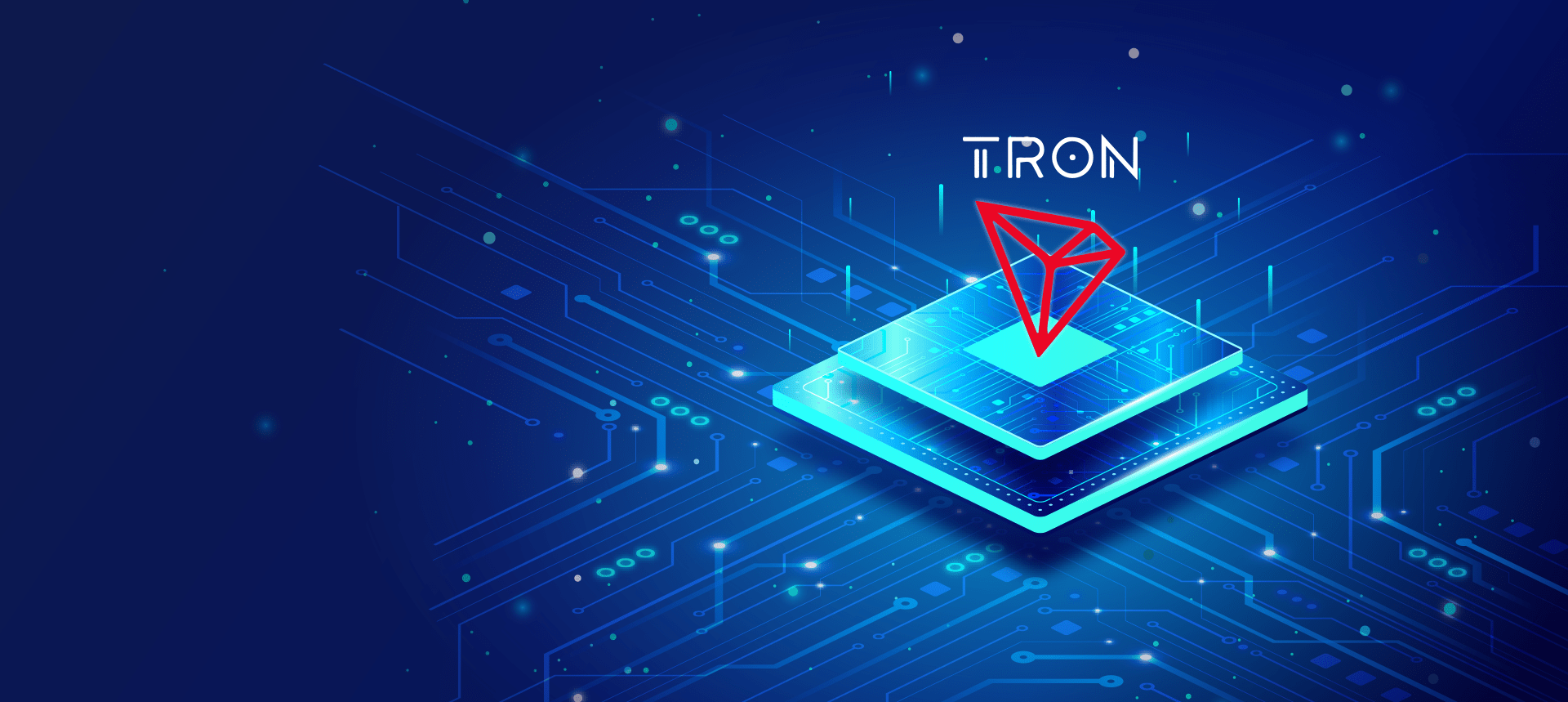



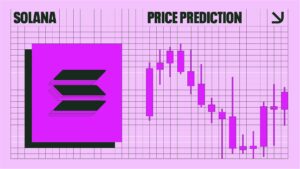



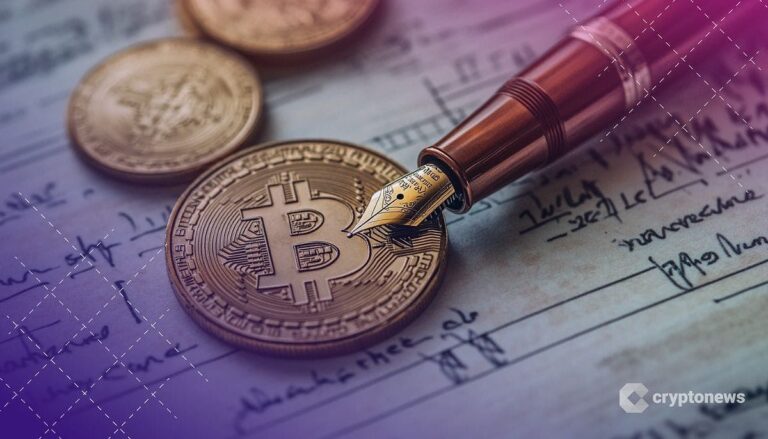
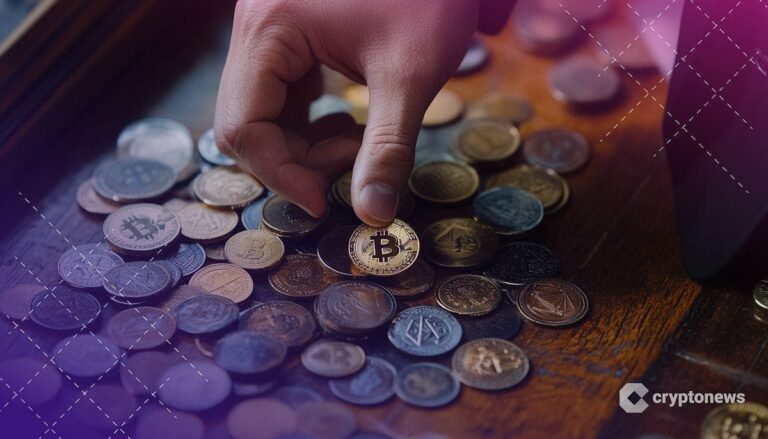
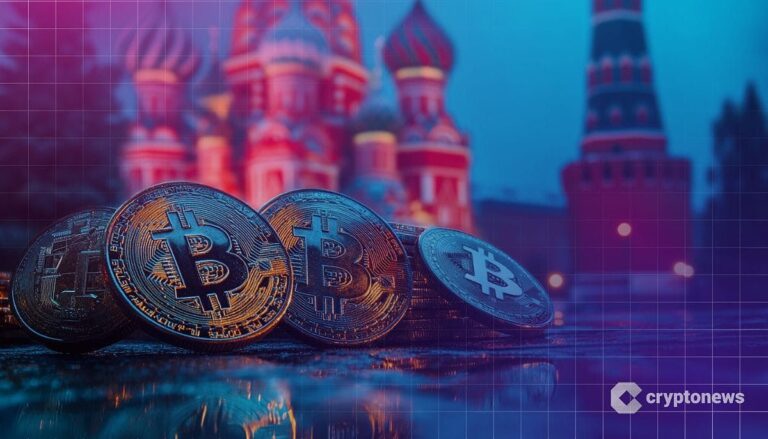
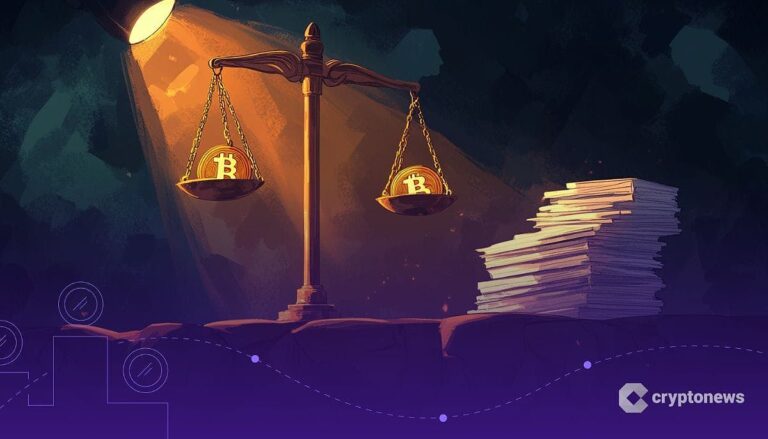

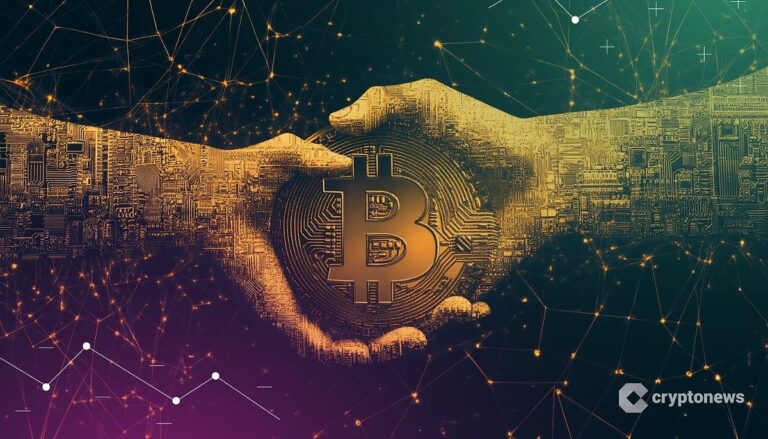
 Bitcoin
Bitcoin  Ethereum
Ethereum  Tether
Tether  XRP
XRP  Solana
Solana  USDC
USDC  Dogecoin
Dogecoin  Cardano
Cardano  TRON
TRON